Surgical video: how do you film in the operating theatre?
If we had to rank the importance of the stages involved in creating an educational video, video acquisition would surely come top. There’s one main reason for this: it’s very difficult, if not impossible, to make up for the quality of a badly shot video.

Which camera to choose?
There are three main types of video systems to capture ongoing surgery, which use different equipment.
If we had to remember just one rule, it would be this : it doesn’t matter how carefully you edit, if the raw material isn’t good quality, the final video won’t be either (and on Youtube or a website, this results in content that isn’t viewed very often).
There are two ways of doing this:
- First-person recording, for example during minimally invasive surgery performed via video capture (microscopies, endoscopies, etc.);
- Third-person recording, particularly during open surgery, using dedicated recording equipment (front camera, sterile stand camera, theatre camera).
This article looks at the subject in detail, giving advice on how to prepare for and carry out filming in the operating theatre calmly and efficiently.
Preparing for the video: crew, equipment, settings
Preparing the video acquisition is an essential step, especially when it is carried out in the third person (the conditions and video equipment used during minimally invasive surgery make this step less essential).
In all cases, there are a number of points to bear in mind throughout the process:
- The field must be unobstructed. Care must be taken to ensure that nothing obstructs the view (head or shadow of a body, instruments, lights, etc.). In addition, the video will be more professional if the field filmed is clean (removal of used gauzes, cleaned instruments, clean gloves, etc.). In addition, the color red absorbs light and darkens the image: the operating field should be as bloodless as possible.
- The framework must be centred on the surgical procedure. It must be framed upstream and regularly checked during the operation.
- The image needs to be balanced : without talking about esthetics, it needs to be zoom enough to highlight the surgical gesture and wide enough to allow freedom when editing.
- The image must be sharp. Particular attention must be paid to focus throughout the operation and the lens must be checked for contamination before the procedure begins.
During an entire procedure, the surgeon concentrates exclusively the surgery; it is not possible to ensure the smooth running of the video. This is why it is necessary to assign this role to a third person, who will take care to control the frame throughout the shoot. The ideal person is an operating assistant who knows enough about the surgical steps to intervene and call out the main surgeon (to aime the camera or refocus) without disturbing the procedure, and who can pay particular attention to the surgical highlights.
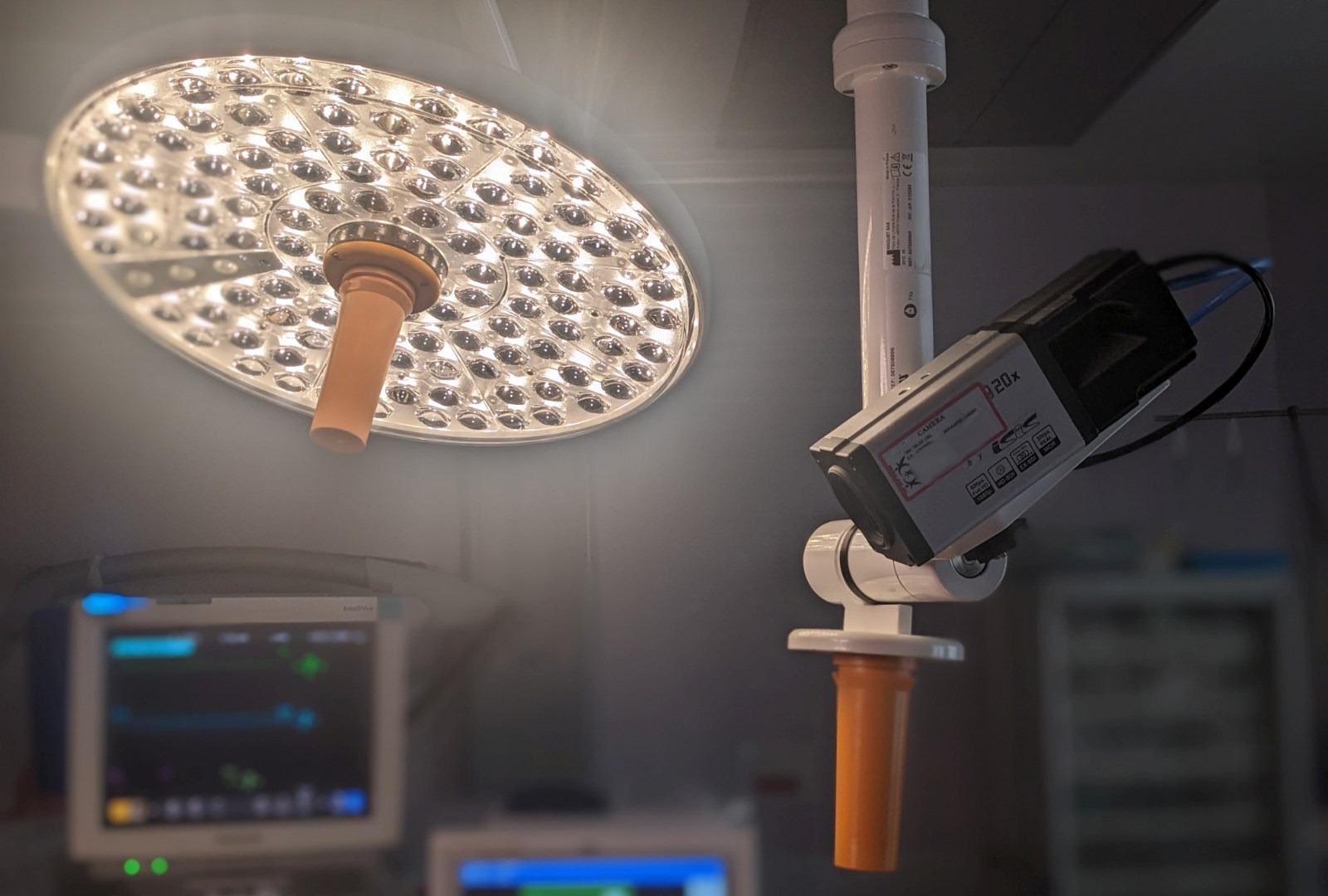
Room camera
It is best if one person in the operating theatre in charge of the camera, particularly if sterile cameras are used, or cameras mounted on an arm above the surgeon’s head.
Technical specifications
The question of technical specifications arises whatever the recording method. Camera settings should always be checked and adjusted (note that the presentation of the settings screen may differ from one model to another):
Résolution: Full HD (or 4K)
Format: MPEG-4
Bitrate: 5 Mbps is enough (for Full-HD)
Choosing the right input resolution not only ensures the quality of the final product, it also helps when it comes to editing: you can’t zoom in or crop a low-quality image, otherwise it will deteriorate the video quality even more.
If possible, reducing the bitrate at the time of shooting will lighten the size of the resulting rush, which is often large, without affecting the fluidity or sharpness of the animation.
Find out more: Understanding the technical characteristics of a video
Filming in the operating theatre: which equipment is best?
For minimally invasive surgery, the question does not arise: the files filmed by the medical device, often the endoscope or microscope, are used.
Once again, in the case of open surgery, the choice of equipment to be used is more complicated. It will depend above all on the needs and constraints at the time of the operation.
The front camera
Fixed to the head of the person operating, it simulates a first-person view. When filming, it is very practical: no need to check that the image is centred or that a head is hiding the area of the operation.
However, there are two things to bear in mind:
- The image moves with the operator’s head. To obtain a stable image, head movements must therefore be kept to a minimum, which can restrict operating movements.
- The camera is wide-angle. In other words, it captures a very wide image and makes the subjects smaller. In the case of surgery, this poses a problem because the small areas of interest end up in the frame.

GoPro
GoPros have the advantage of filming what the surgeon is looking at during the operation.
The camera on a stand, or exoscope
An exoscope is a sterile camera on a stand, specially designed for filming in hospitals or clinics, and installed in the operating field on an articulated arm.
In terms of video acquisition, it is best suited to the challenges of surgical video: it generates high-quality videos and benefits from a powerful zoom, two important criteria.
However, it is more restrictive. Filming must be anticipated, as it needs to be sterilised or protected by a sterile drape and then installed before the start of the operation. In addition, the control screen must be checked regularly to avoid errors (obstacles, poor focus, etc.).
The room camera
Room cameras are often installed on the ceiling of the operating theatre. They are easier to use as they do not need to be installed. What’s more, they can be switched on at any time during the operation.
However, while they are practical for unplanned recordings, they have two major disadvantages:
- They are generally fixed high up against the ceiling, and obstructions (heads, hands) are difficult to avoid;
- The quality of the rushes is often poorer than that of other devices.
Read more
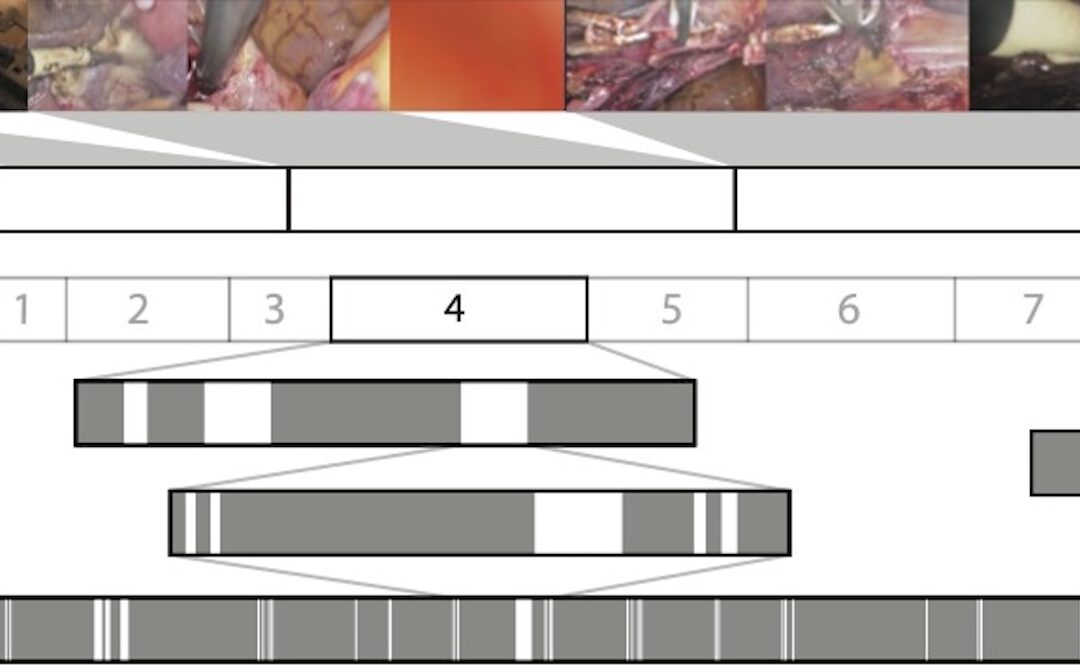
Surgical Video Summarization: Multifarious Uses, Summarization Process and Ad-Hoc Coordination
While surgical videos are valuable support material for activities around surgery, their summarization demands great amounts of time from surgeons, limiting the production of videos. Through fieldwork, we show current practices around surgical videos. First, we...
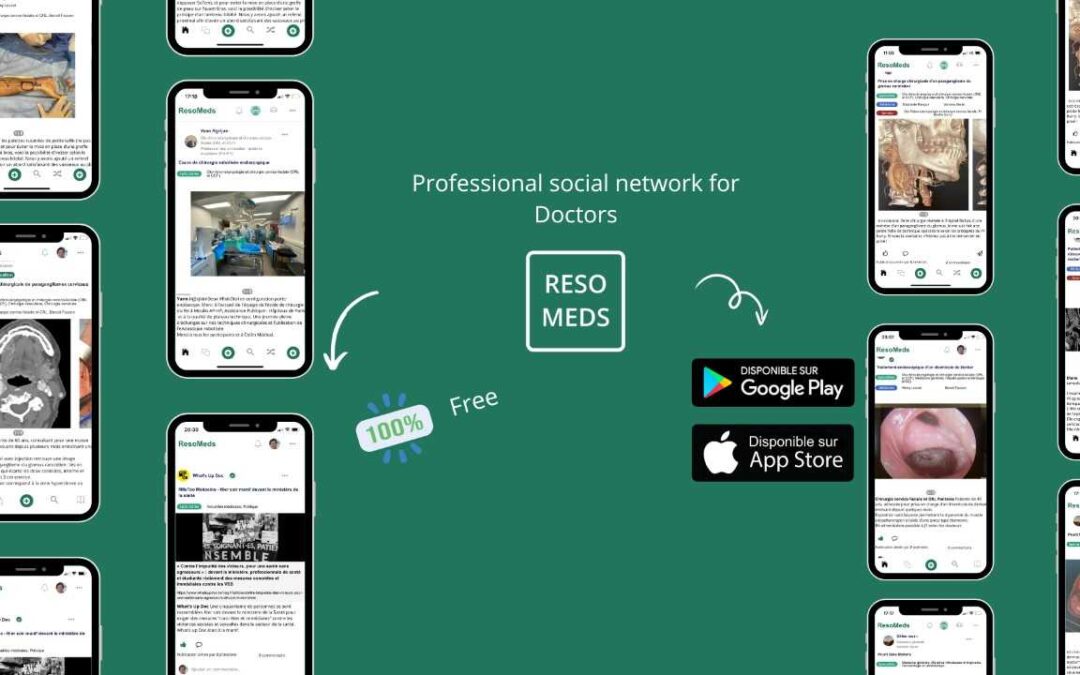
ResoMeds: a social network sharing videos
Case reports enrich medical knowledge and training, and improve practice [1-4]. However, their publication is often limited in existing journals [5]. We aim to highlight the importance of creating a platform for physician exchange to promote peer learning, case...
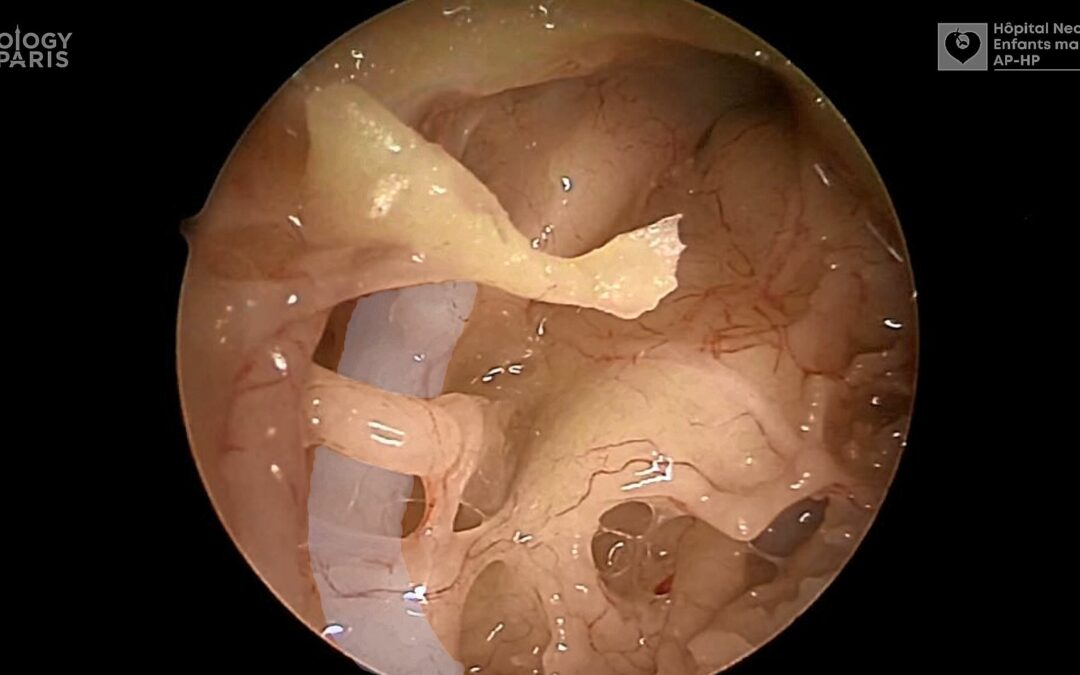
Videos improve knowledge retention of surgical anatomy
In otolaryngology, a new publication shows that an educational video improves anatomy learning and knowledge retention in the long term. This study conducted by the ENT team at Necker-Enfants Malades, APHP (Université Paris Cité) and led by Pr François Simon shows the...
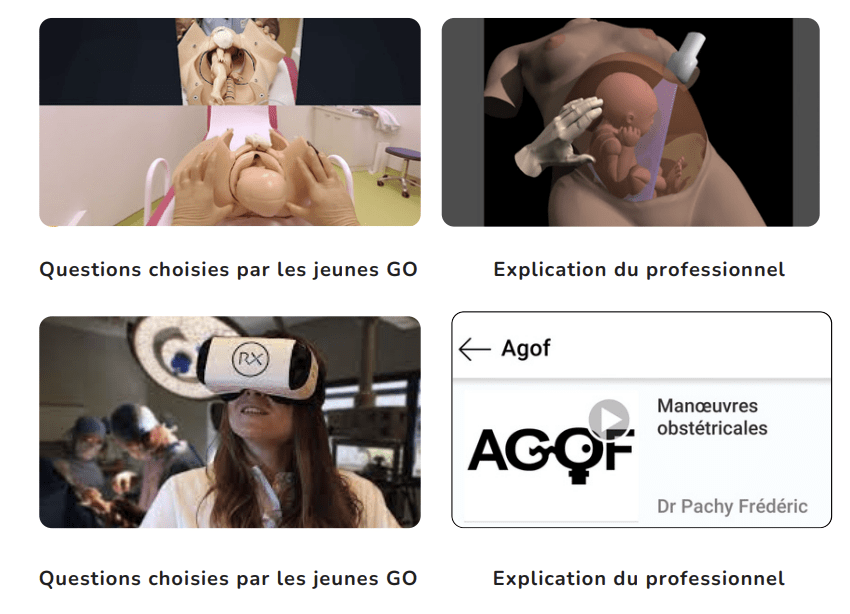
Surgical videos: using the most efficient medium. AGOF’s associative experience
In 2010, the French National Authority for Health (HAS) issued the famous slogan for apprentice surgeons: "Never perform surgery on a patient for the first time" (1). It is sometimes difficult for a young surgeon to accept that he or she has not received sufficient...
